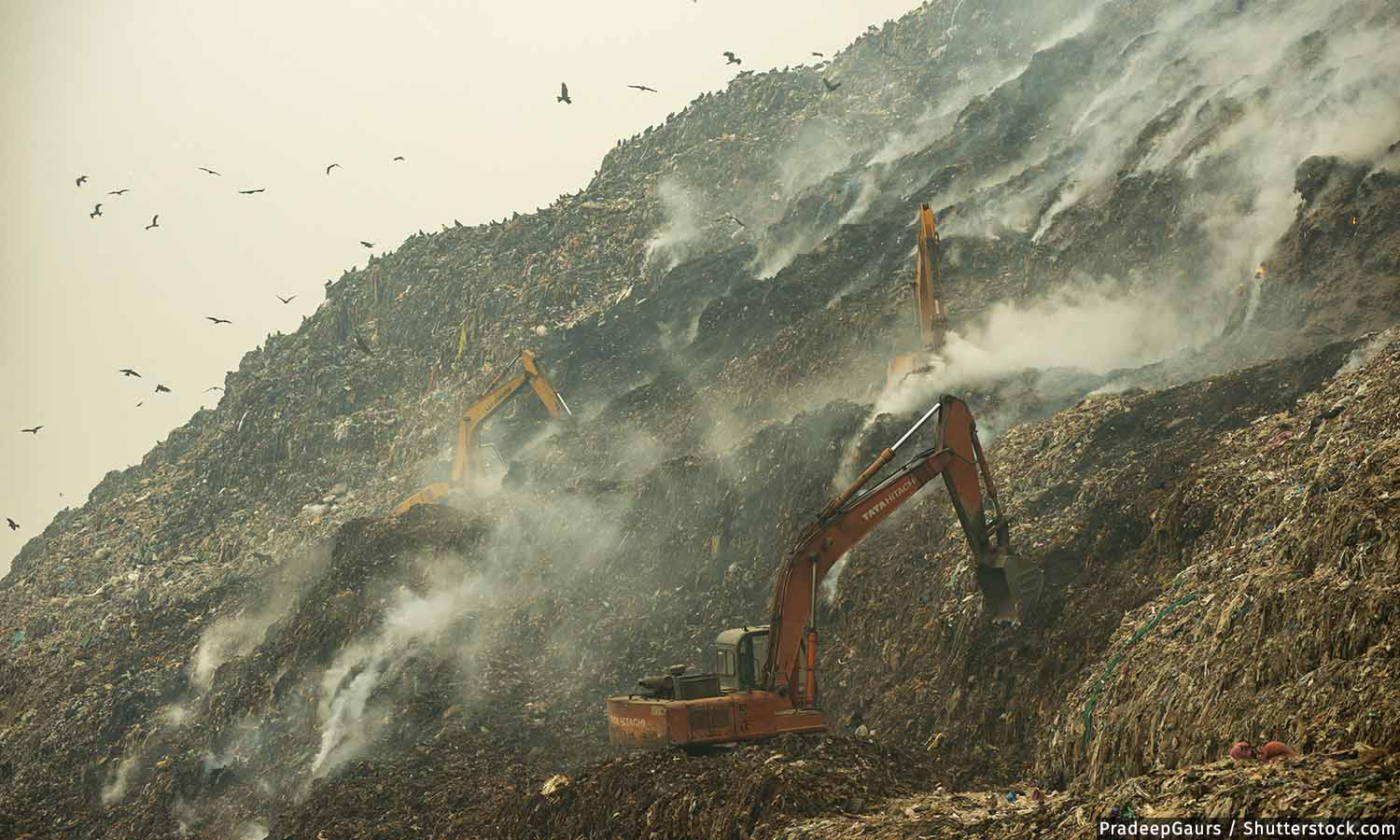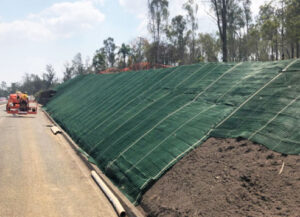Landfills are designated areas where waste is disposed of and buried underground. They are typically lined with materials such as clay or plastic to prevent contamination of the surrounding soil and water.
The waste is then compacted and covered with soil to reduce odors and prevent pests from accessing it. Over time, the waste decomposes and produces gases such as methane, which can be captured and used as a source of energy.
Landfills are a common method of waste management, but their impact on the environment is a topic of ongoing debate.
Landfills can lead to Environmental Damage
Landfills are often the final destination for our trash, and they can have significant environmental impacts. While they are designed to prevent contamination of the surrounding environment, leaks and other issues can still occur. A landfill is a designated area where waste is disposed of by burying it in the ground. This waste can include everything from household garbage to industrial waste. Landfills are typically lined with materials such as clay or plastic to prevent contamination of the surrounding environment.
As waste decomposes in landfills, it produces gases such as methane, which can contribute to climate change. Additionally, leachate, a liquid that forms as waste breaks down, can contaminate groundwater if not properly managed.
As such, many communities are exploring alternative waste management methods, such as recycling and composting, to reduce their reliance on landfills. Despite these concerns, landfills remain an important part of waste management infrastructure in many areas, and efforts are ongoing to improve their safety and sustainability.
Solution
It’s imperative that important measures are taken to protect environmental damage. Geosynthetic Clay Liners can help protect the damage . Let’s understand the benefits below .
The Benefits of Using Geosynthetic Clay Liners in Landfills
Role of GCLs in landfill lining?
Geosynthetic Clay Liners (GCLs) work by creating a barrier between the waste in the landfill and the surrounding environment. The layers of geotextile fabric and bentonite clay absorb and trap any liquids that may leak from the waste, preventing them from seeping into the soil and groundwater. This helps to protect the environment and prevent contamination. GCLs are also easy to install and maintain, making them a popular choice for landfill construction.
GCLs are made up of multiple layers, including a layer of geotextile fabric and a layer of bentonite clay. The geotextile fabric provides a strong base for the liner, while the bentonite clay acts as a natural barrier to liquids. When liquids come into contact with the bentonite clay, it swells and forms a tight seal, preventing any further leakage. This makes GCLs an effective solution for landfill lining, as they can prevent harmful substances from contaminating the surrounding environment. Additionally, GCLs are easy to install and maintain, which makes them a cost-effective and efficient choice for landfill construction.
Jeevan Ecotex Offers wide range of solutions with Geosynthetic Clay Liners . Click on this link to explore product range .




